How will Hezbollah and allies retaliate against Israel over Nasrallah’s assassination?
By Ivan Kesic
The power-packed speech by Hezbollah deputy chief Sheikh Naim Qassem on Monday about continuing the path of martyred leader Sayyed Hassan Nasrallah shows the movement is ready for all scenarios.
Naim Qassem said the Lebanese resistance movement remains committed to its support for Palestine and is ready for any eventuality, including the possible Israeli ground invasion of Lebanon.
"Despite the loss of our leaders and the great sacrifices, we will not renounce our stances and the resistance will continue to assist Palestine. We have persevered despite all the attacks,” he said.
He added that the operations against Israel have continued even after Nasrallah’s assassination.
It testifies that the objective of taking out the top leadership of the Lebanese resistance movement – to end Hezbollah’s support for the Palestinian resistance – ended in yet another failure after the disastrous genocidal war on Gaza failed to achieve any of the regime’s stated military goals.
Naim Qassem stated that Hezbollah fighters are fully prepared for the scenario of an Israeli ground invasion of Lebanon, adding that the regime will not be able to degrade its military capabilities.
The Hezbollah deputy chief also said that minimum military capacities are currently being used and that the upcoming battle may be lengthy, but that all options are on the table and they are ready for all scenarios, stressing that Hezbollah will win just like in 2006.
Reports from the field in the last three days confirm his words, as Hezbollah's rocket attacks have not stopped or decreased, but have continued with greater intensity.
On Tuesday, three days after the assassination of Nasrallah and his associates, Hezbollah launched a barrage of Fadi-4 missiles at the “Glilot” base belonging to the Israeli spy agency’s Unit 8200 and the Mossad headquarters on the outskirts of Tel Aviv.
As Lebanese analyst and Hezbollah expert Amal Saad wrote in a series of tweets on Monday, the continued operations of the Lebanese resistance movement against the Israeli occupation “highlights its operational continuity and the resilience of its command-and-control structure.”
“The reason Hezbollah has been able to withstand such significant losses is its exceptionally robust continuity of command, enabling a seamless transition of leadership even in times of severe crisis.”
Hezbollah targets Mossad HQ, Glilot military base near Tel Aviv in ‘largest attack’https://t.co/Bw932QES0V
— Press TV 🔻 (@PressTV) October 1, 2024
Sayyed Nasrallah's path
Sayyed Hassan Nasrallah's path that defined the way the movement operated for the past 32 years is going to continue, as his deputy vowed in his speech on Monday.
He echoed what Nasrallah repeatedly said in his powerful speeches since the events of October 7.
Hezbollah's leader repeatedly reiterated that the Lebanese front will be active as long as the aggression against Gaza continues and that the movement has rejected repeated Israeli and Western calls to halt operations in support of the oppressed people in Gaza.
"In the name of the martyrs, the wounded, and in the name of every person who has taken on the responsibility of supporting Gaza, we tell Benjamin Netanyahu and Yoav Gallant: the Lebanese front will not stop until the war on Gaza ends," he said in a speech a week before his martyrdom.
Threats and intimidation by Israeli officials and calls by international bodies to detach the northern front from Gaza, in his opinion, are strong proof of the effectiveness of the Lebanese front.
Hezbollah's previous attacks on the northern Israeli-occupied territories caused considerable damage to the enemy's military and spy infrastructure and displaced more than a hundred thousand illegal Zionist settlers.
Nasrallah also emphasized that this battle was not akin to the previous ones and that time was not in favor of the regime, whose survival is in question.
"The continuation of resistance in the Gaza Strip, occupied West Bank, Lebanon, Yemen and Iraq will push the Israeli regime to accept the conditions of resistance, and this will mean the promised victory," he said earlier this year.
According to him, the only alternative to resistance is surrender, and its price is hefty, dangerous and very critical as it means submission, humiliation and slavery, that is, Israeli political and economic hegemony over Lebanon.
Snippets from Hezbollah deputy chief Sheikh Naim Qassem’s speech after leader’s assassination
— Press TV 🔻 (@PressTV) September 30, 2024
By @AlirezaHash3mi https://t.co/73Umezto6U
Nasrallah also stated that they are paying a price for supporting Gaza and are willing to pay such a price, explaining that martyrdom is part of the battle and Israeli assassinations will not affect the group as martyrs are being replaced by new commanders.
For all previous martyrdoms, including top commander Fouad Shukr and terrorist attacks through communication devices, he emphasized that Hezbollah's responses must be wise and calculated.
As a result of these events, Hezbollah always expanded the scope of operations in the Israeli-occupied territories, introduced new weapons and increased the intensity of rocket fire.
In particular, it targeted military bases, factory complexes and the port of Haifa, Ben Gurion Airport near Tel Aviv and gas fields in the Mediterranean Sea, thus paralyzing the north of the Zionist entity.
It has always adhered to a war of attrition and has never fallen into the trap of full escalation, which could result in a faster depletion of its arsenal, a widening regional war, and potentially drawing the United States into the conflict.
Attrition warfare is the most painful path for the Israeli regime, and even their military strategists admitted years ago that they are more afraid of Hezbollah firing one rocket every day for a thousand days than a thousand rockets in one day.
Experts have called Hezbollah's strategy the "python's grip," an effective durable method of subduing that does not stop even if its prey begins to bite in desperation.
Iran’s top general: Martyrdom of Resistance cmdrs. won’t stop struggle against global arrogance, Zionismhttps://t.co/tfhuSftTwH
— Press TV 🔻 (@PressTV) September 30, 2024
Ground invasion scenario
Nasrallah repeatedly touched on the issue of a potential Israeli ground invasion of Lebanon, underscoring the complete readiness of the resistance movement and fighters for any scenario.
He noted that Hezbollah is in possession of a large cache of advanced weapons, and the resistance movement is manufacturing its own combat drones as well as some types of rockets.
"No place in the Israeli-occupied territories will be spared our rockets. The enemy must wait for us on land, by sea and by air, and Hezbollah will fight without restrictions," he said in June.
Regarding the Mediterranean Sea, he said that "very huge" surprises await the enemy because all their coasts and ships will be targeted, and he warned that they will also target other countries if they host Israeli aggressors in their airbases.
Nasrallah particularly emphasized the strength of the Lebanese resistance's manpower, calling it unprecedented, as they recruited over 100,000 fighters.
In a speech in June 2017, he said that in the event of an Israeli ground invasion of Lebanon, they would open the door to tens or hundreds of thousands of fighters from the Arab and Islamic world, especially from Iraq, Yemen, Iran, Afghanistan and Pakistan.
Hezbollah’s arsenal
Hezbollah's greatest asset is its colossal arsenal of rockets and ballistic missiles, both guided and unguided, which are quantitatively estimated at between 100,000 and 200,000 units, with the most commonly cited figure of 150,000.
The bulk among them is rocket artillery from the Katyusha family, estimated at tens of thousands of pieces, most often BM-21 Grad 122 mm rockets with a range of 40 km and a warhead of 20 kg.
Other similar systems launched from multiple rocket launchers (MRL) include thousands of BM-27 Uragan/Raad, Burkan, Fajr-3, Falaq-1 and Fadi-1 rockets, with a larger caliber (220-240 mm), range (up to 100 km) and more destructive warheads (50-120 kg).
Yemeni Army ready to take revenge for Nasrallah’s assassination
— Press TV 🔻 (@PressTV) September 30, 2024
Press TV's Yousef Mawry reports from Sana'a pic.twitter.com/XtUkXje4H4
The most powerful among the known MRL rockets are Fajr-4, Fajr-5, Khaibar-1 and Fadi-2, with a caliber of 302-333 mm, a range of 75 to 105 km and warheads of 90 to 190 kg, not counting the recently revealed Fadi-3 and Fadi-4 rockets.
Most of the aforementioned rockets do not have precise guidance and the circular error probability (CEP) ranges several tens or hundreds of meters, therefore they are used for targeting large, fixed, high-value targets, like military bases and airfields.
A step above them are heavy artillery rockets and tactical short-range ballistic missiles such as Nazeat-6/10, Zelzal-1/2, and Fateh-110 I Scud, all with warheads of hundreds of kilograms and ranges of hundreds of kilometers, covering the entire Zionist entity.
It should be noted that this arsenal is based only on publicly released models and that military analysts often speculate about much more advanced, accurate and destructive models.
Rockets and missiles are dispersed throughout the mountains of southern Lebanon, usually hidden and camouflaged underground or in well-fortified bunkers.
In August, Hezbollah showed footage from the underground facilities of the vast Imad Complex that houses MRLs, launchpads and personnel and, according to recent field sources, have "not been affected by all of the enemies' raids."
Fleet of drones
Hezbollah's fleet of drones is another important asset in its combat arsenal, as they carry a variety of warheads similar in payload to rockets and have a range covering the entire Zionist entity.
Since joining operations in support of Gaza on October 8 last year, Hezbollah has made extensive use of drones for espionage and strikes against Israeli military positions.
During that period, about 500 kamikaze drones (or loitering munition) were launched at the enemy, far more than the estimated number of Hezbollah's entire arsenal by many foreign analysts.
Iraq resistance carries out new operations against Israeli targets https://t.co/NwuCgnqnxp
— Press TV 🔻 (@PressTV) September 30, 2024
Current estimates range up to several thousand pieces of various models, most often kamikaze drones with integrated satellite navigation systems, making their navigating to a target virtually stealth and with a high degree of accuracy.
One known model among them, the Ababil-T, has a range of 120 km and a 40 kg explosive charge.
Other multi-role drones can reconnaissance, carry air-to-ground missiles or be used for one-way attack, such as the Ayoub with a range of 2,000 km and a payload weighing up to 150 kg, preferably composed of several air-to-ground missiles.
The Karrar drone is capable of carrying 250 kg bombs or anti-ship missiles with a range of 1,000 km, and the Mirsad 2 can carry air-to-air missiles or unguided rockets with a range of 150 km.
For surveillance and reconnaissance missions, the Ma'arab done is equipped with electro-optical sensors and has a range of 200 km, and the Hudhud drone is proven capable of scouting 1,000 square kilometers tens of kilometers deep into enemy territory.
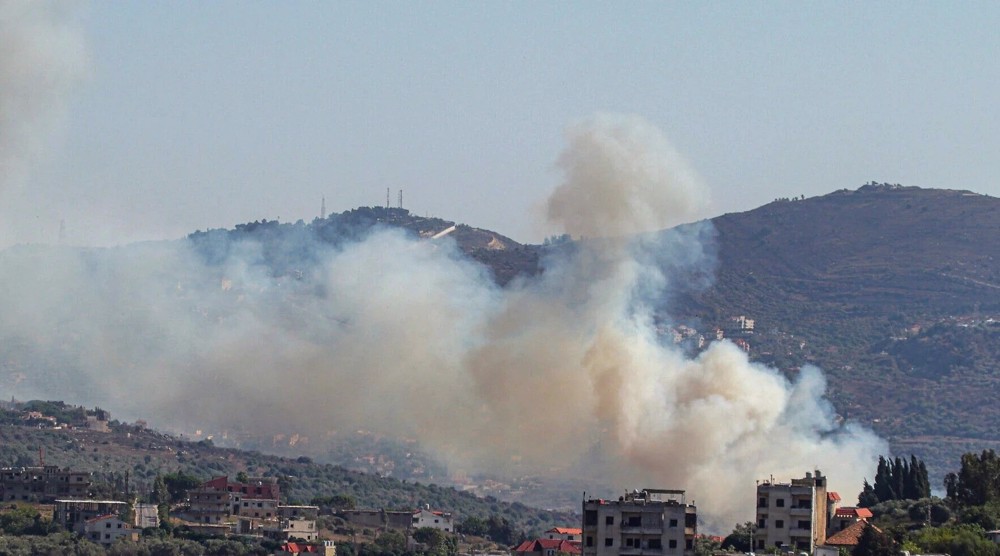
Israel targets ambulances, health center in Lebanon despite truce
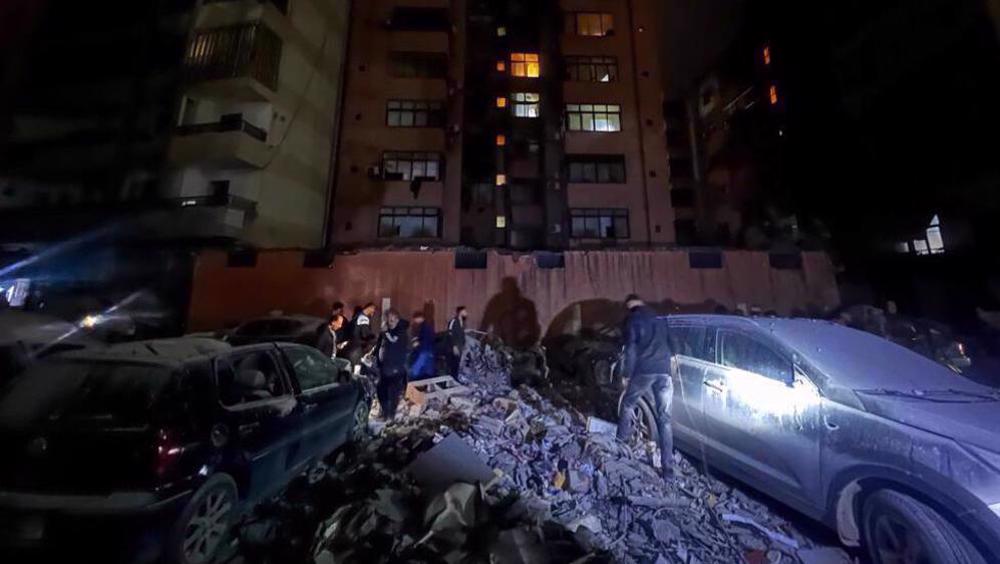
Iran condemns Israel’s continued aggression against Lebanon
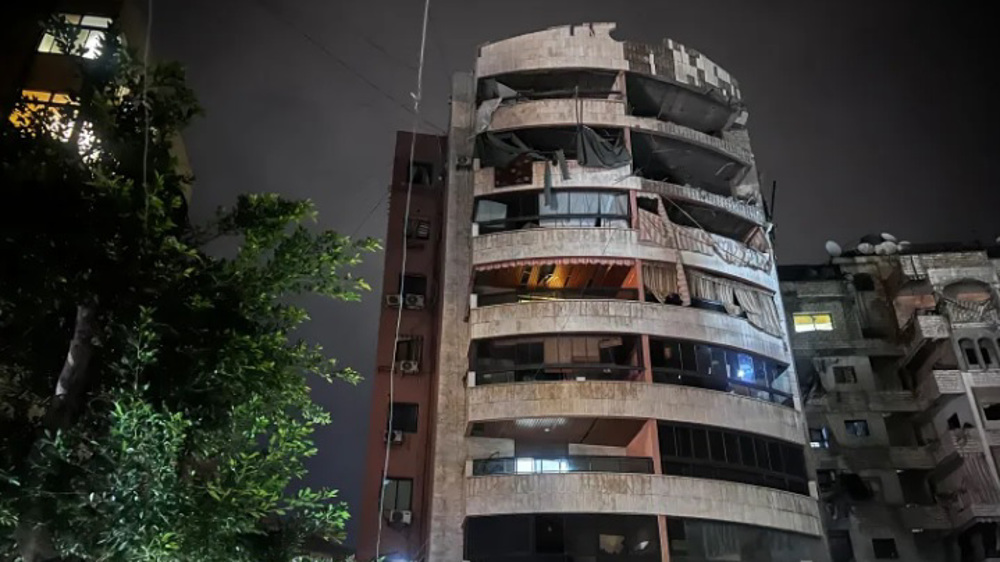
At least four killed in new Israeli aggression on Beirut despite truce
VIDEO | Madrid cultural event for Syria with documentary hailing fight against Takfiris
VIDEO | UK economy reels from impact of Trump Tariffs
UNRWA chief slams Israel’s attacks on UN facilities
VIDEO | The story of Heyam: nowhere is like Gaza!
Israeli warplanes carry out more airstrikes near Damascus
VIDEO | 'War Criminal' welcomed
Denmark's PM visits Greenland after Trump threat to seize it
Pezeshkian: If Muslim nations unite, enemies cannot oppress them


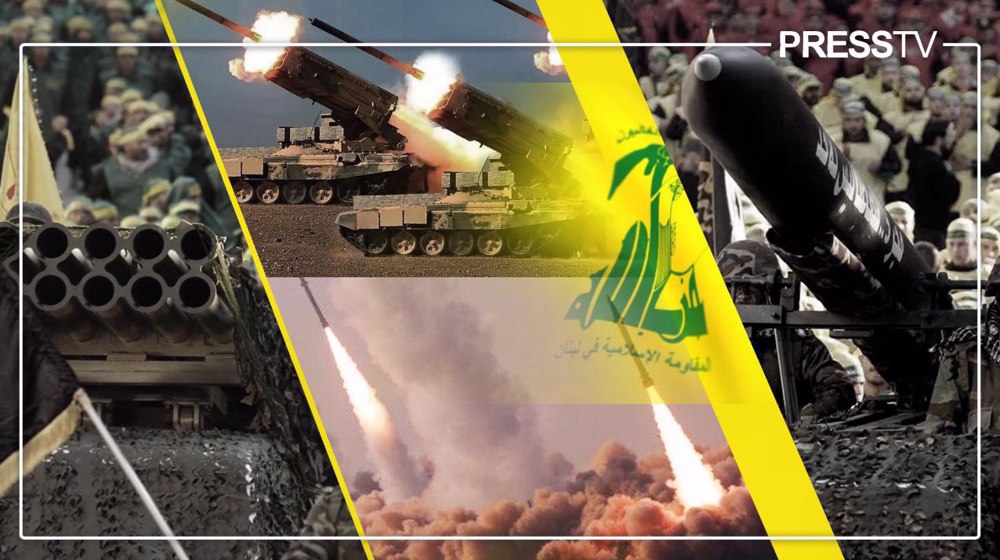



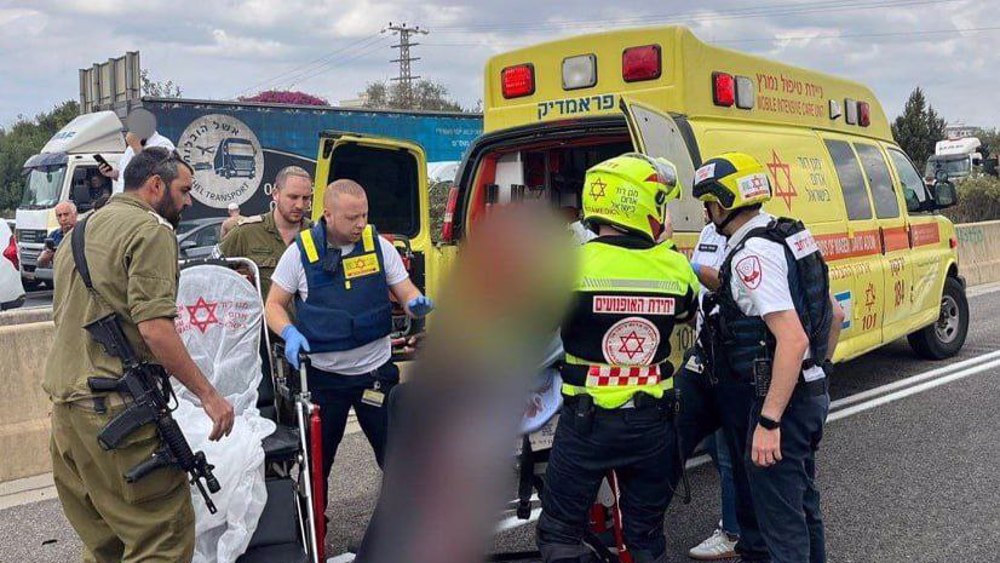
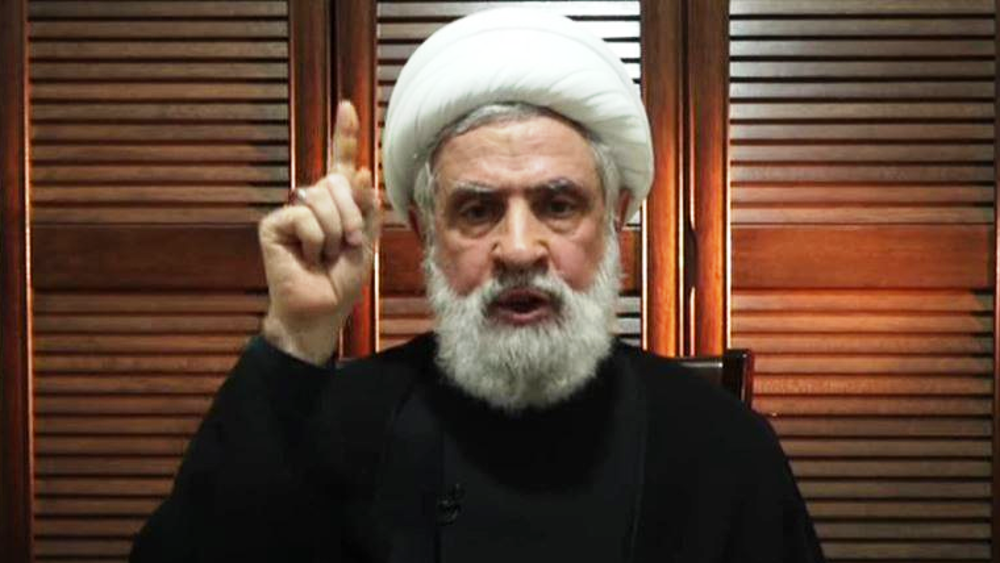
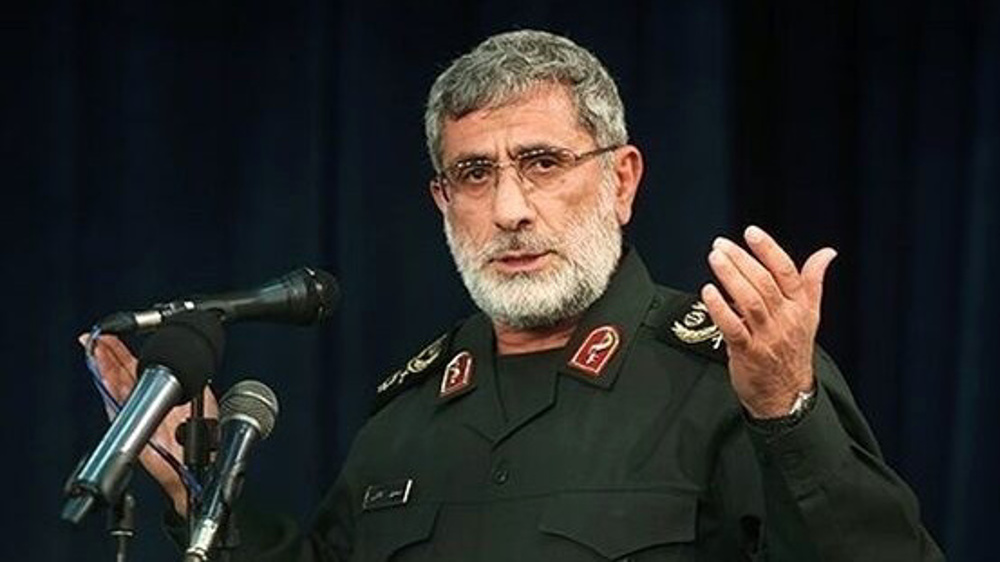
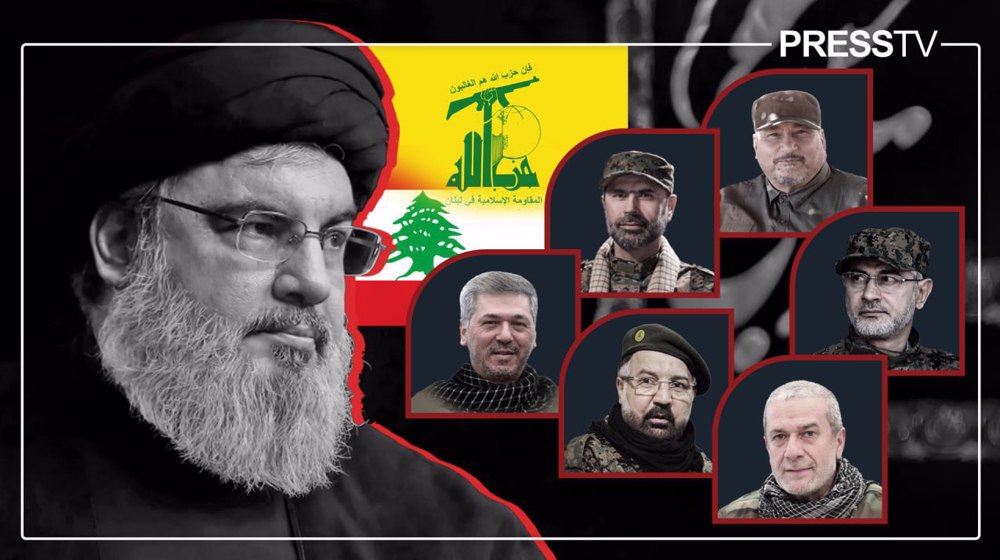
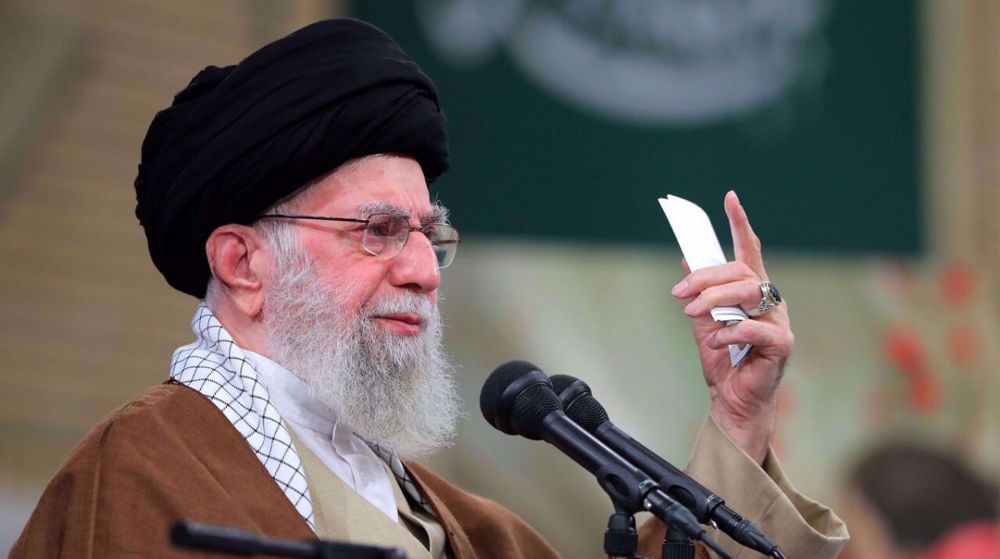

 This makes it easy to access the Press TV website
This makes it easy to access the Press TV website